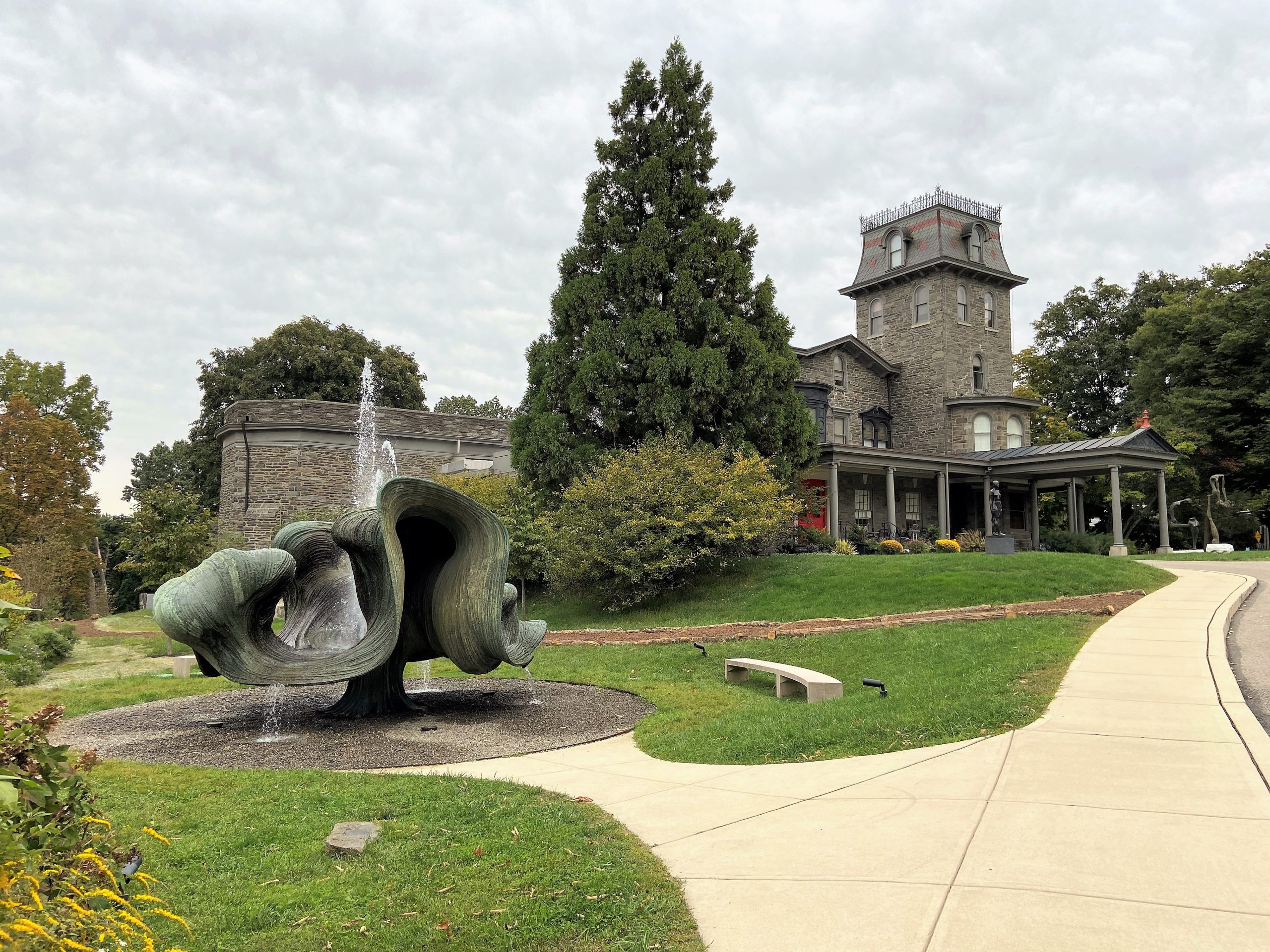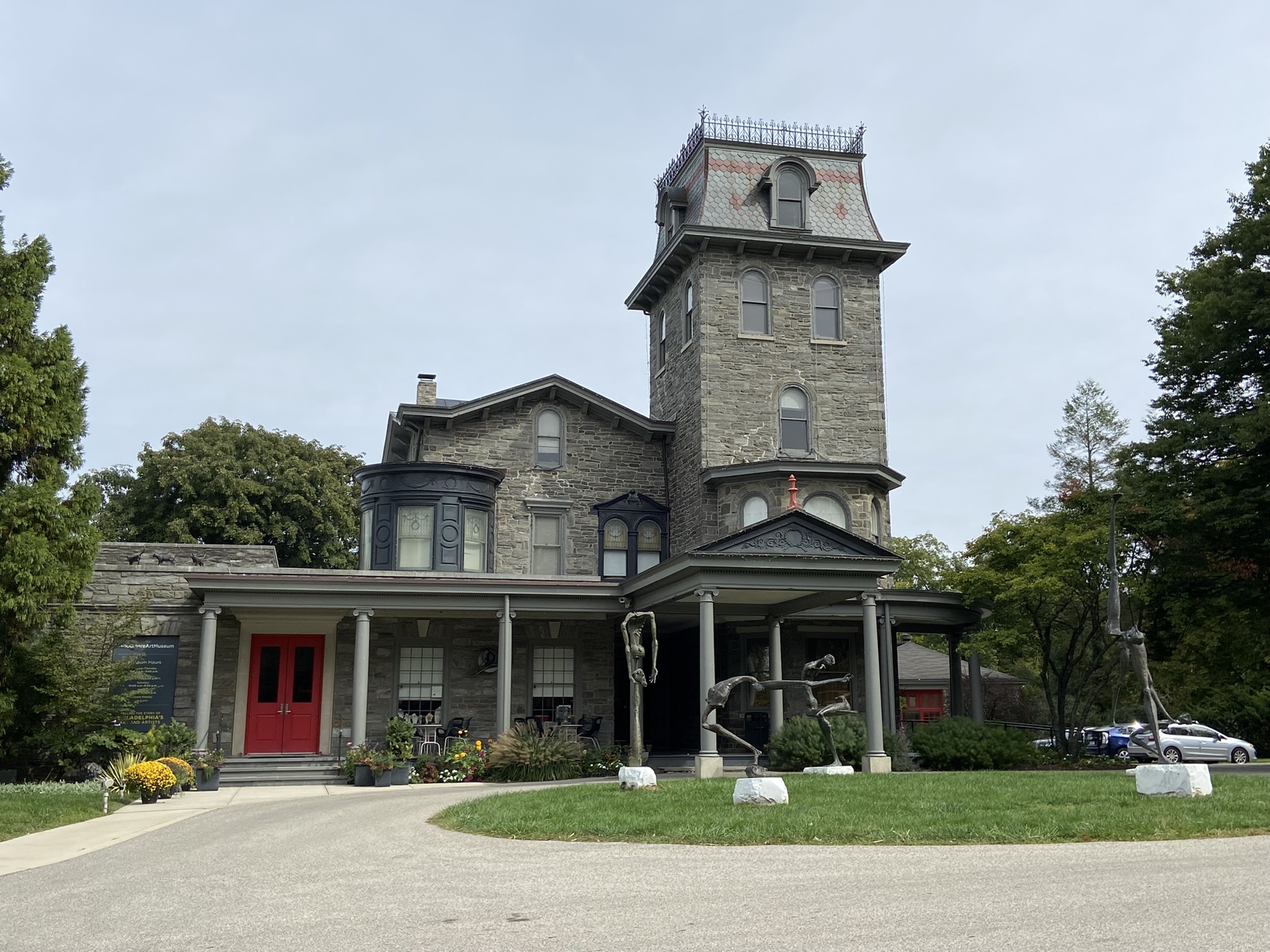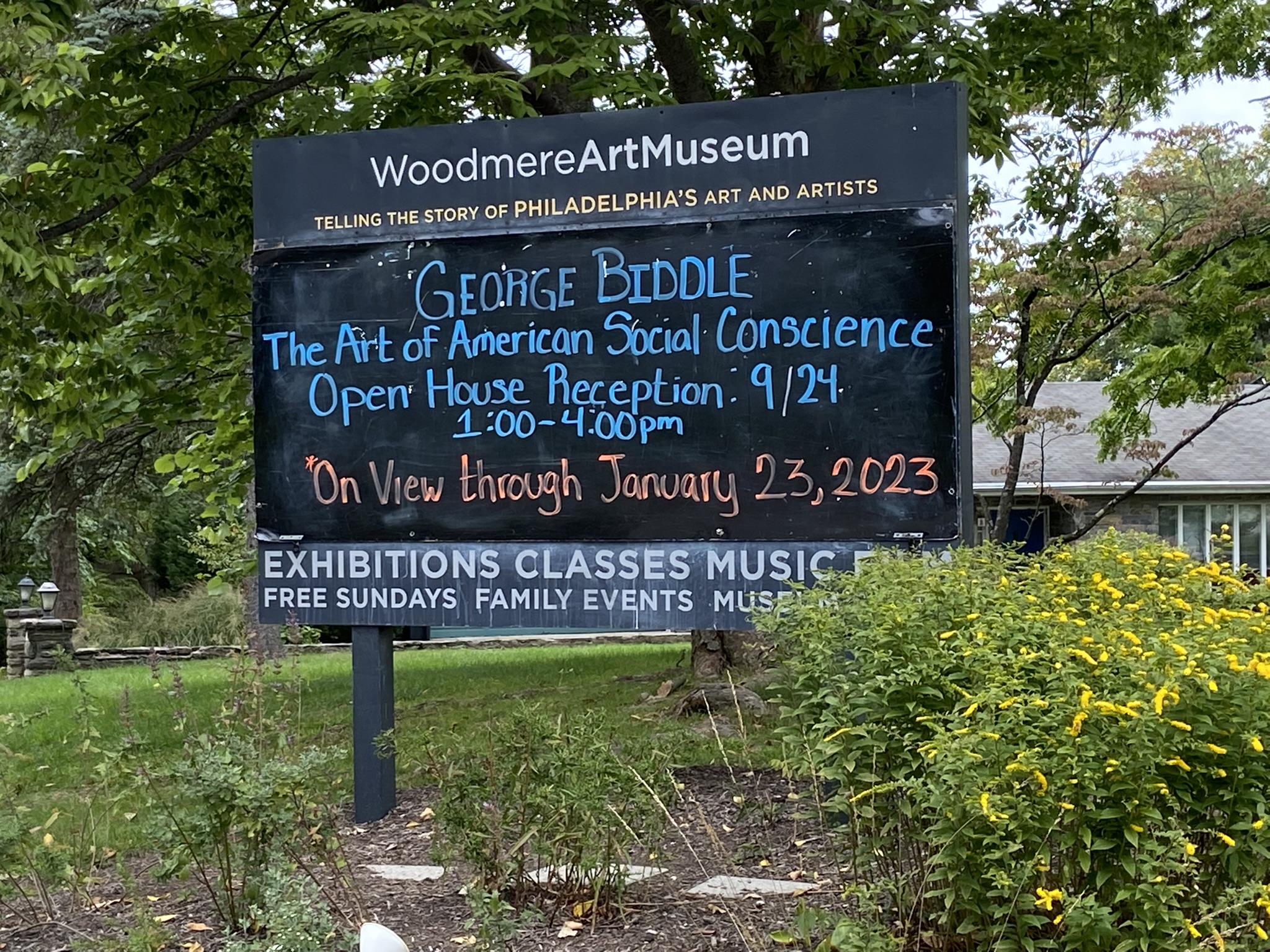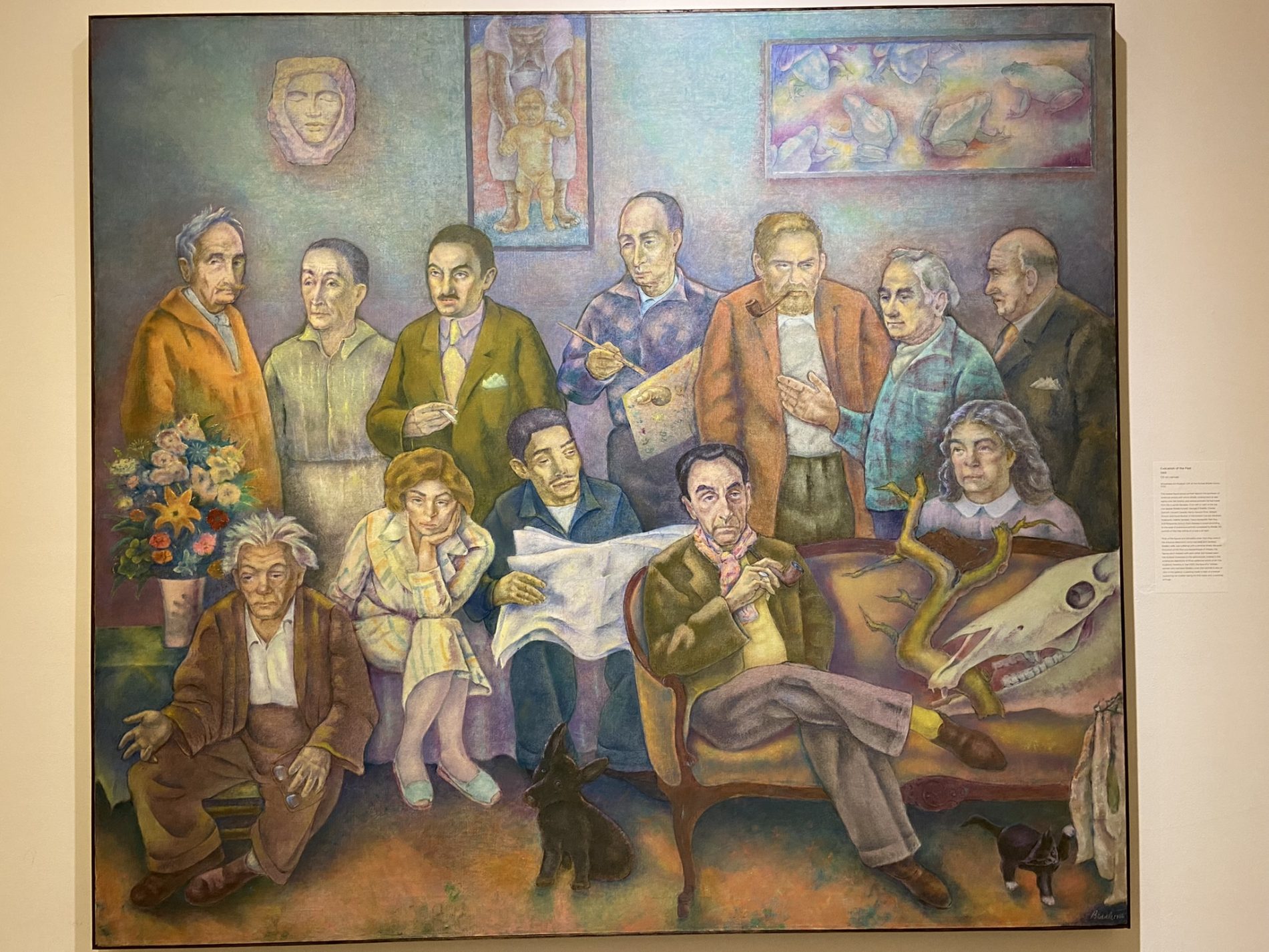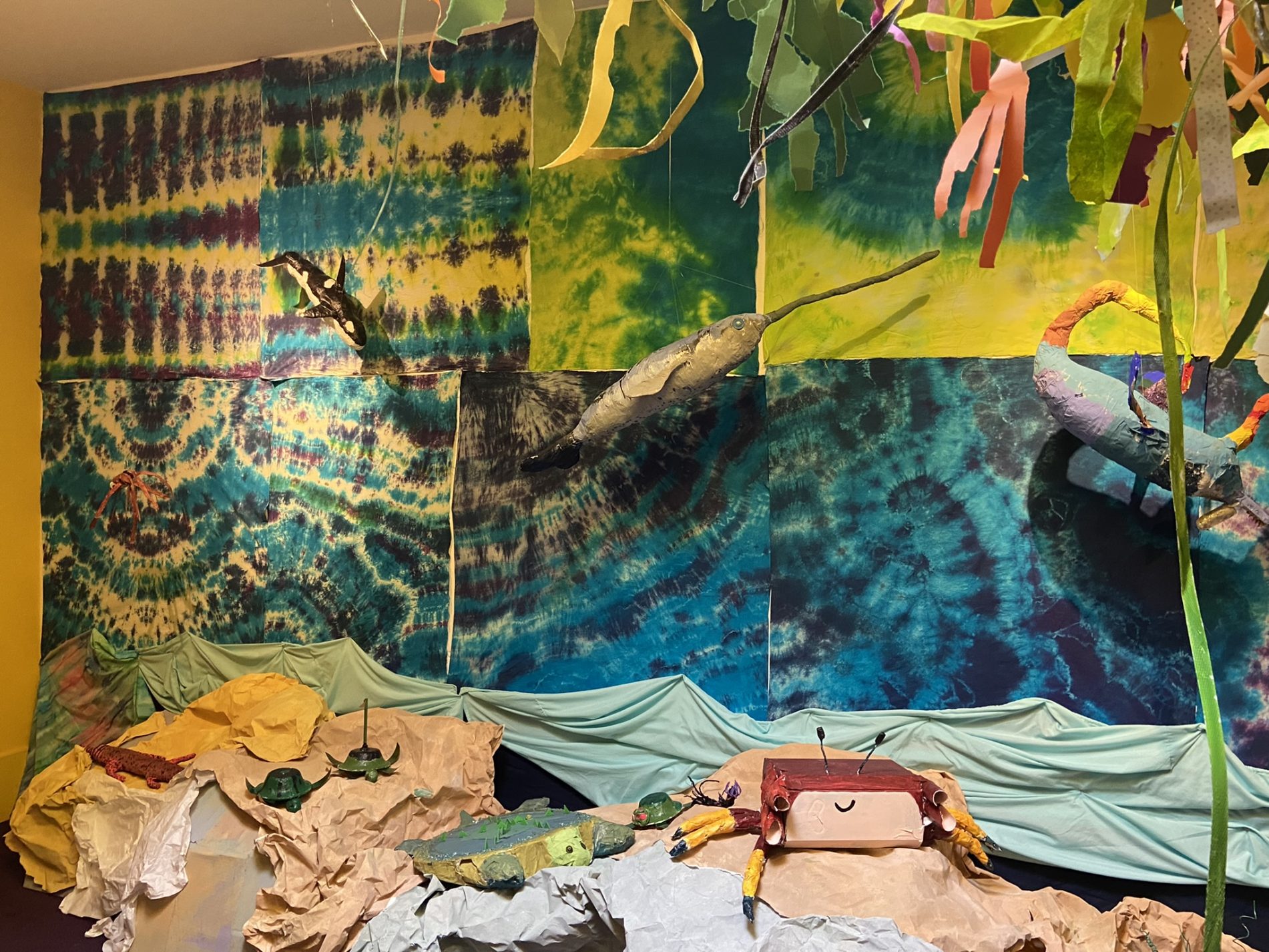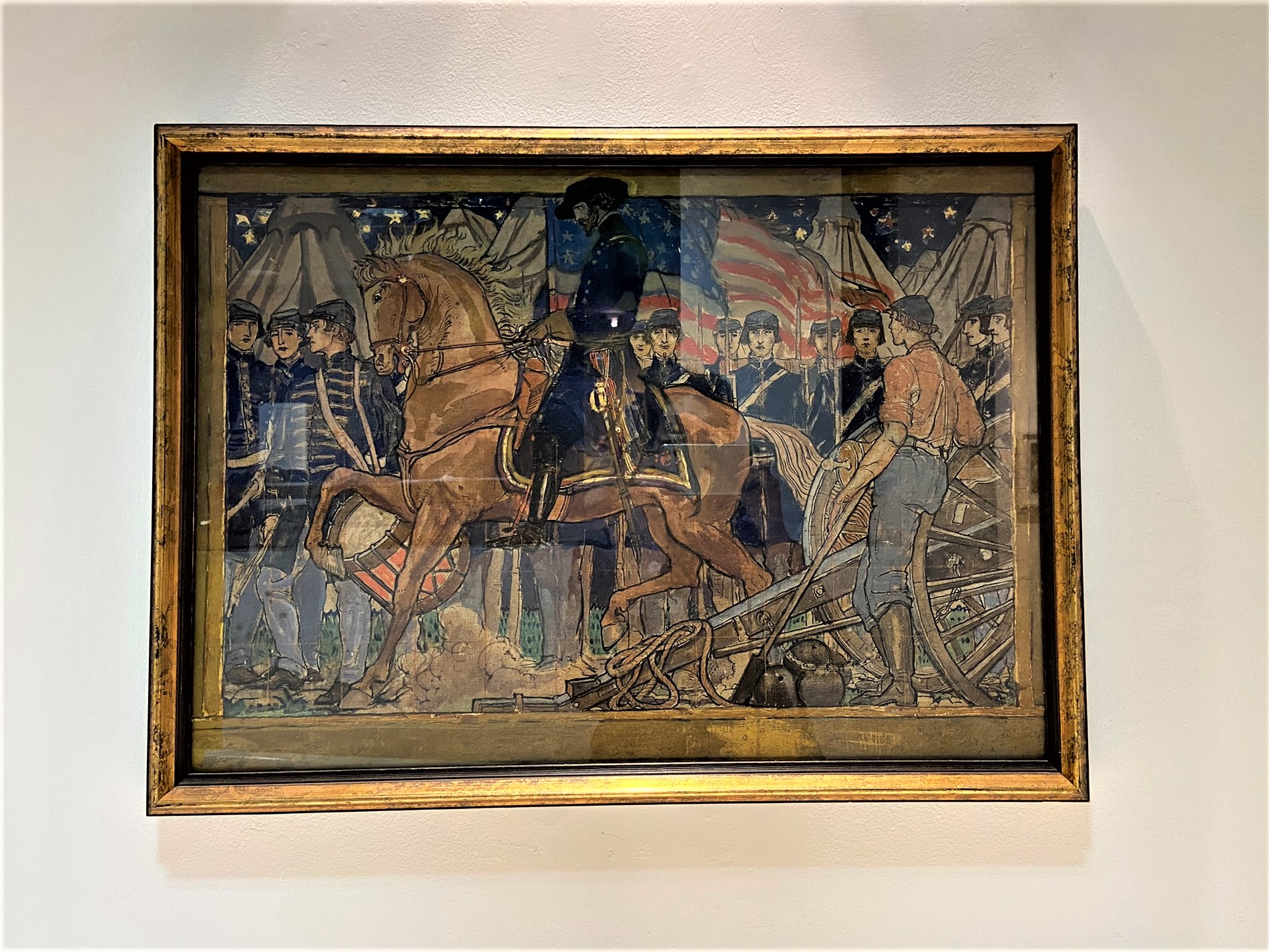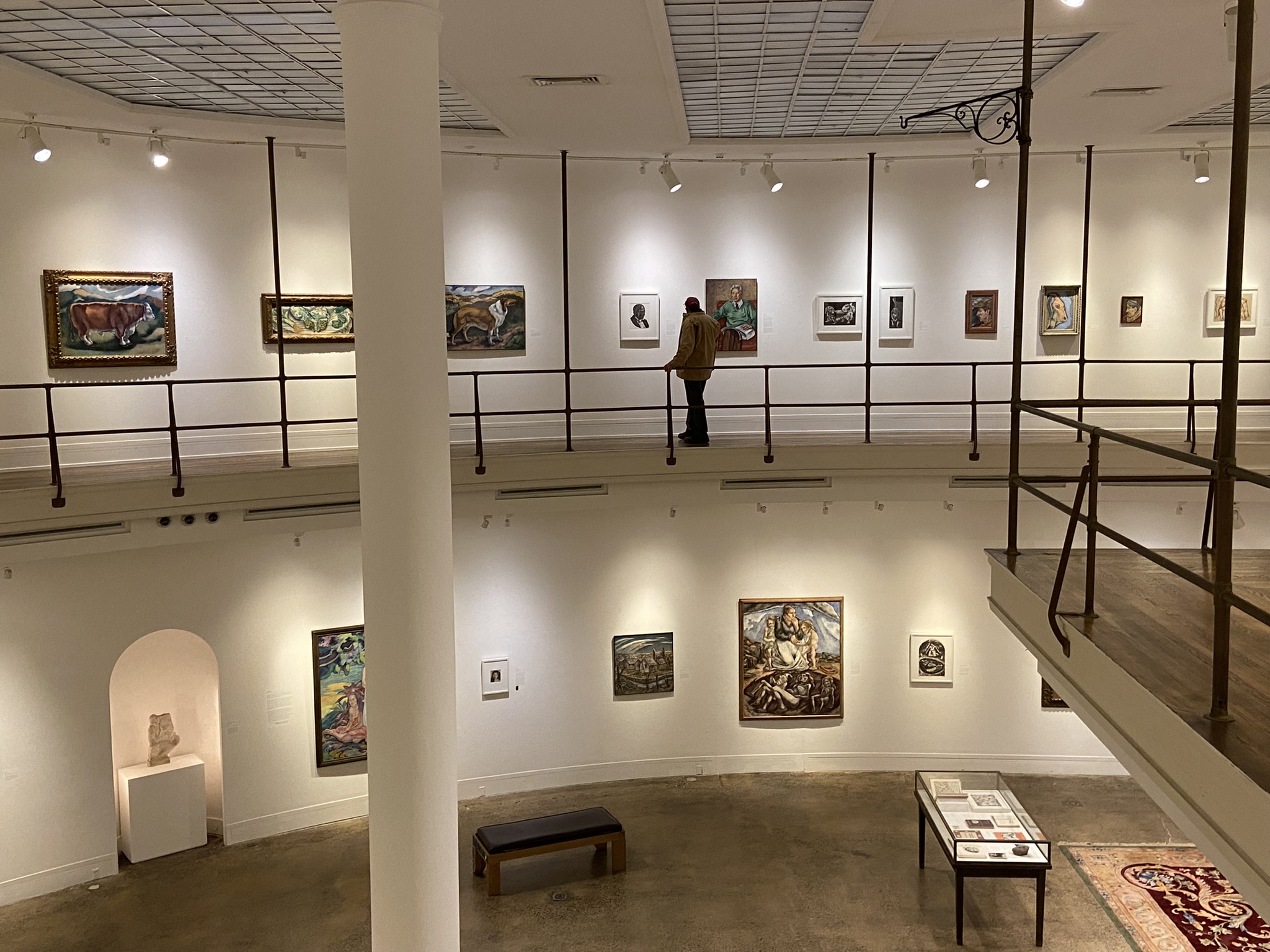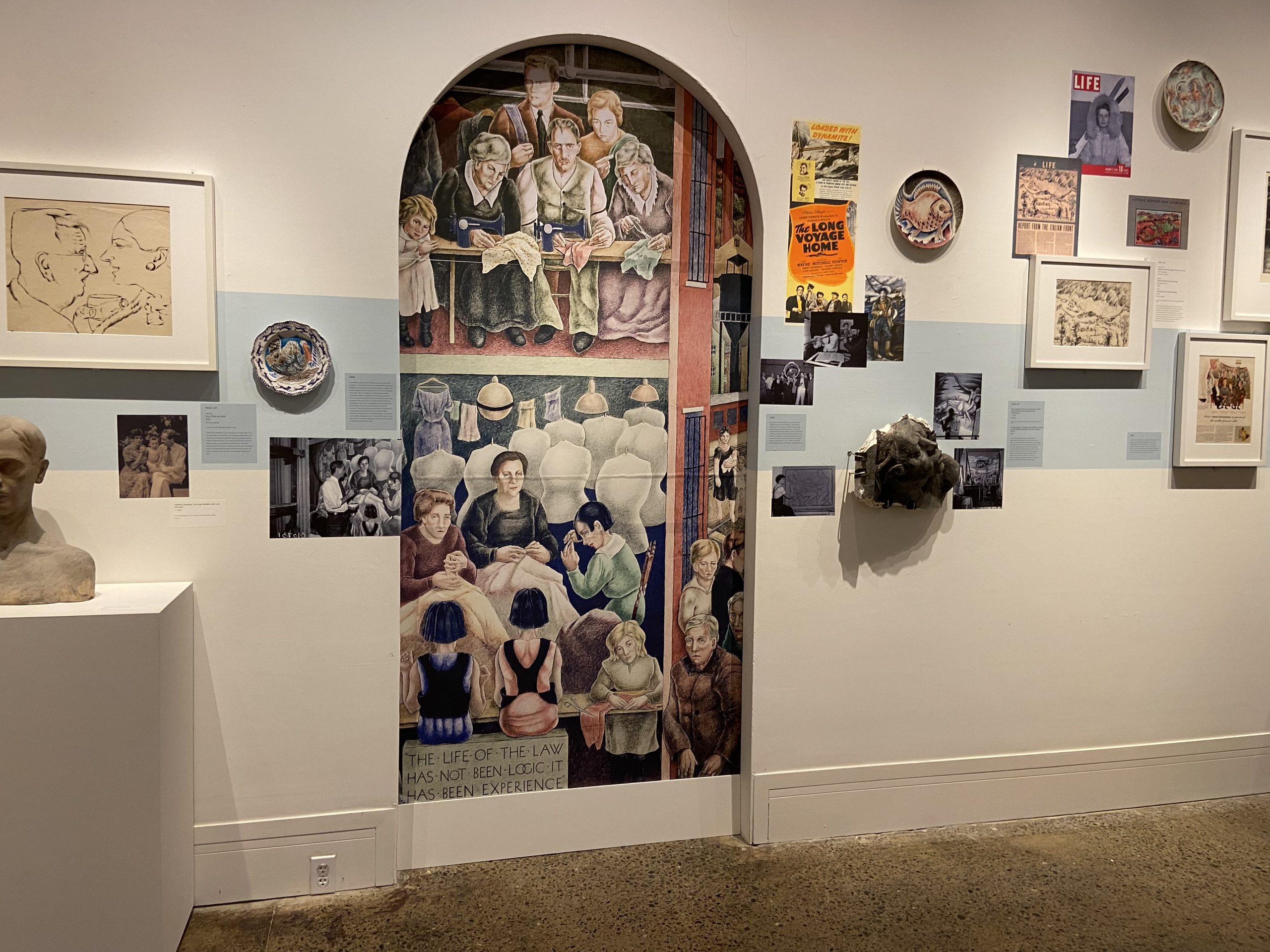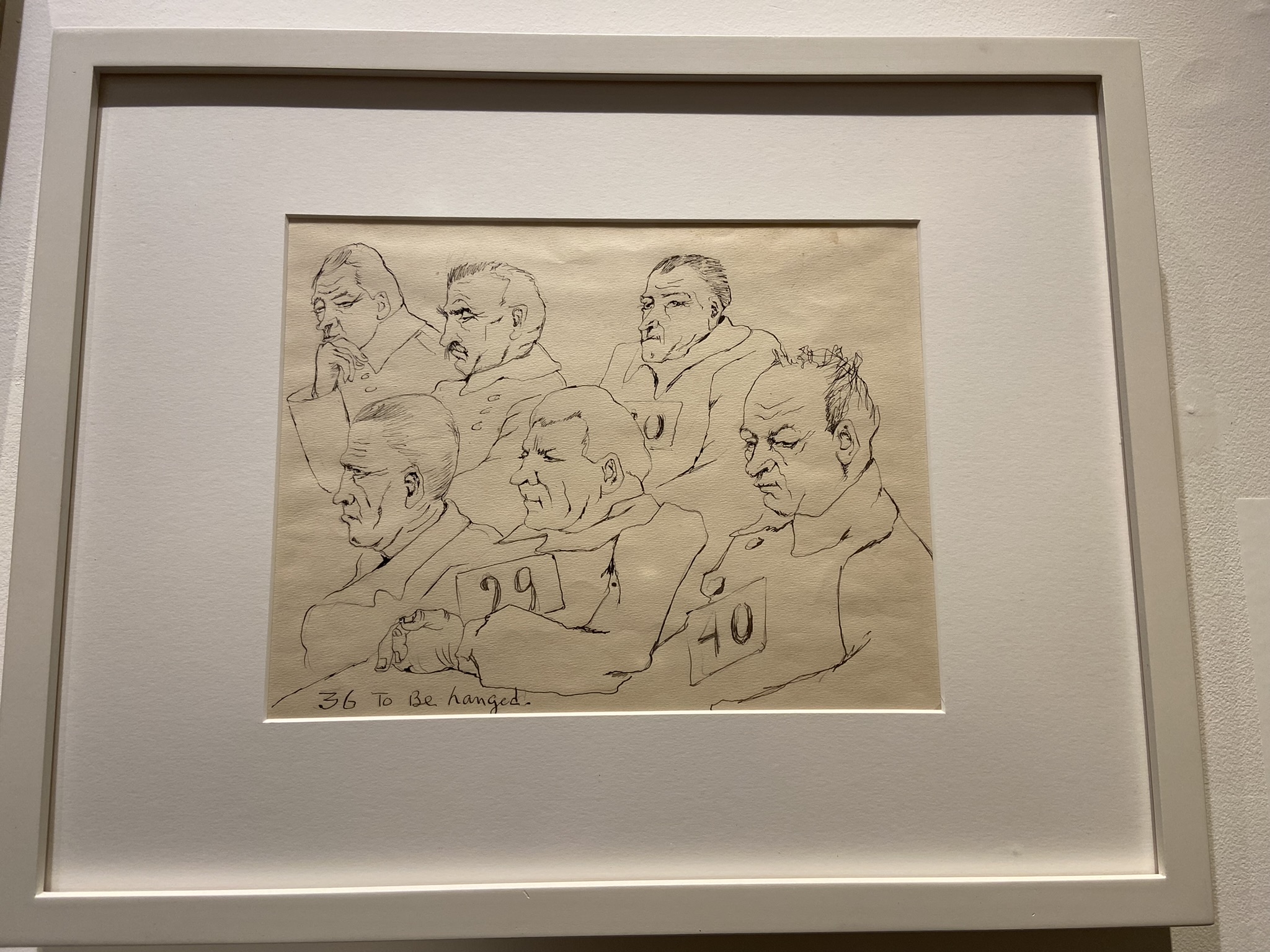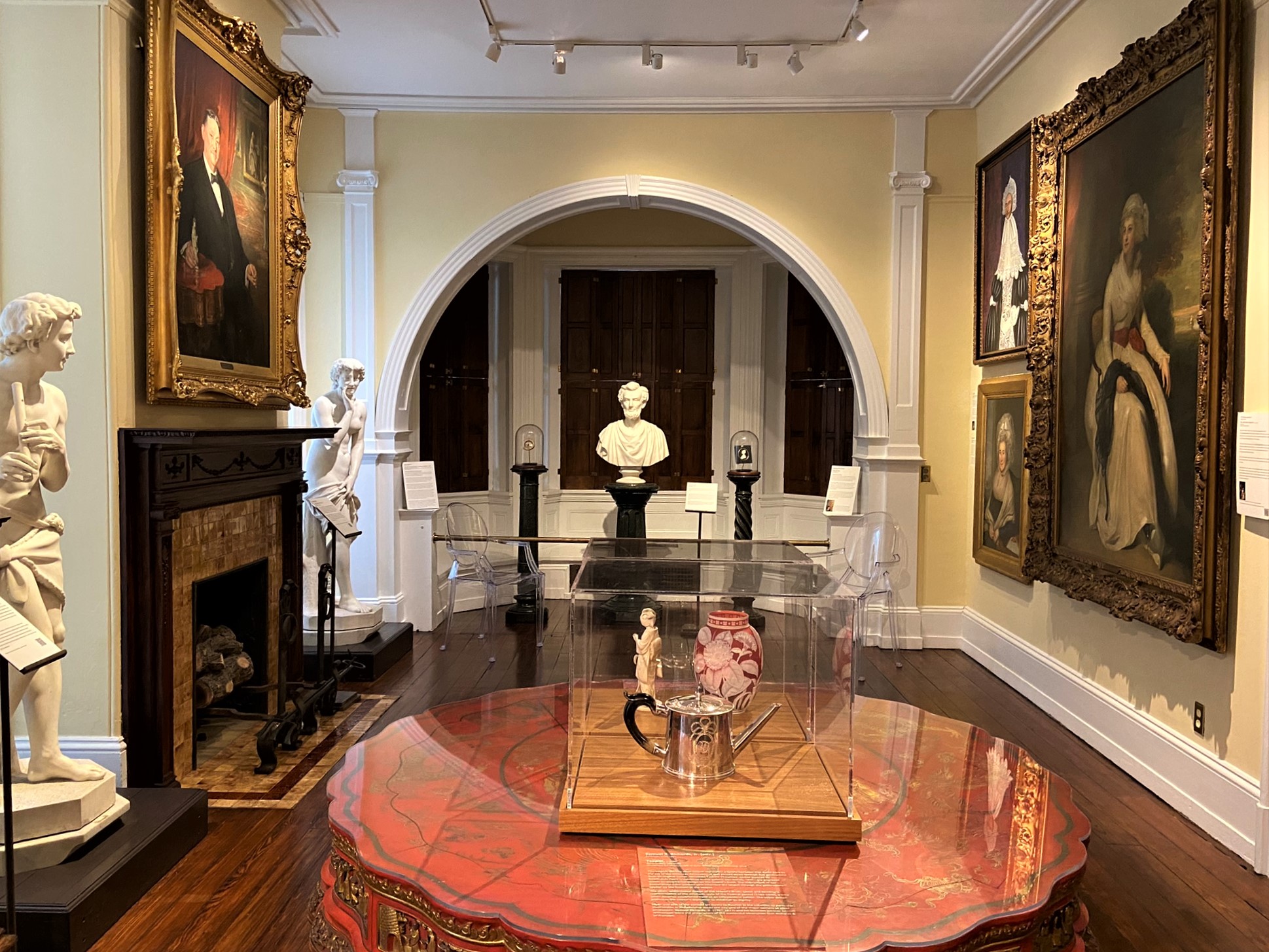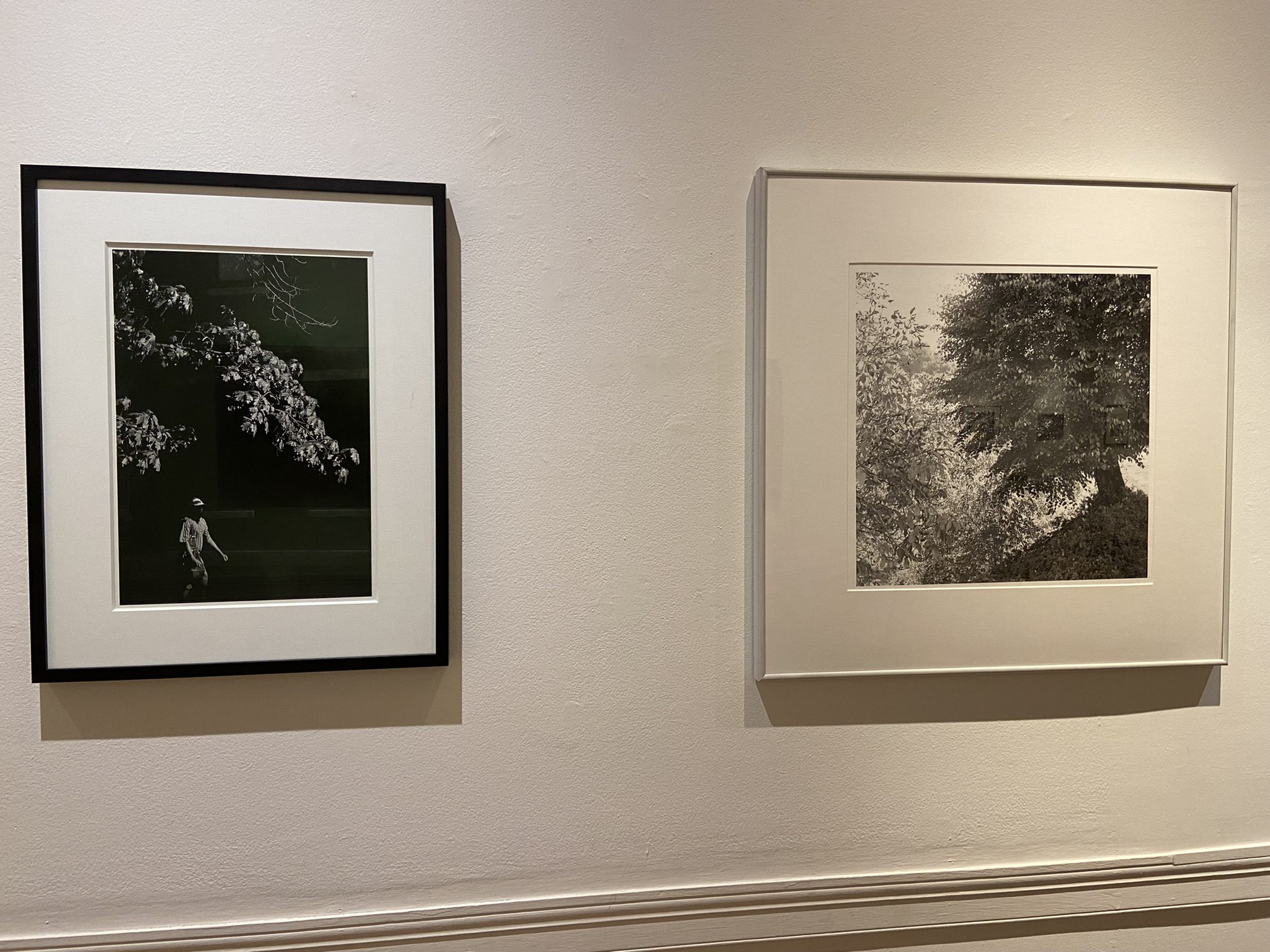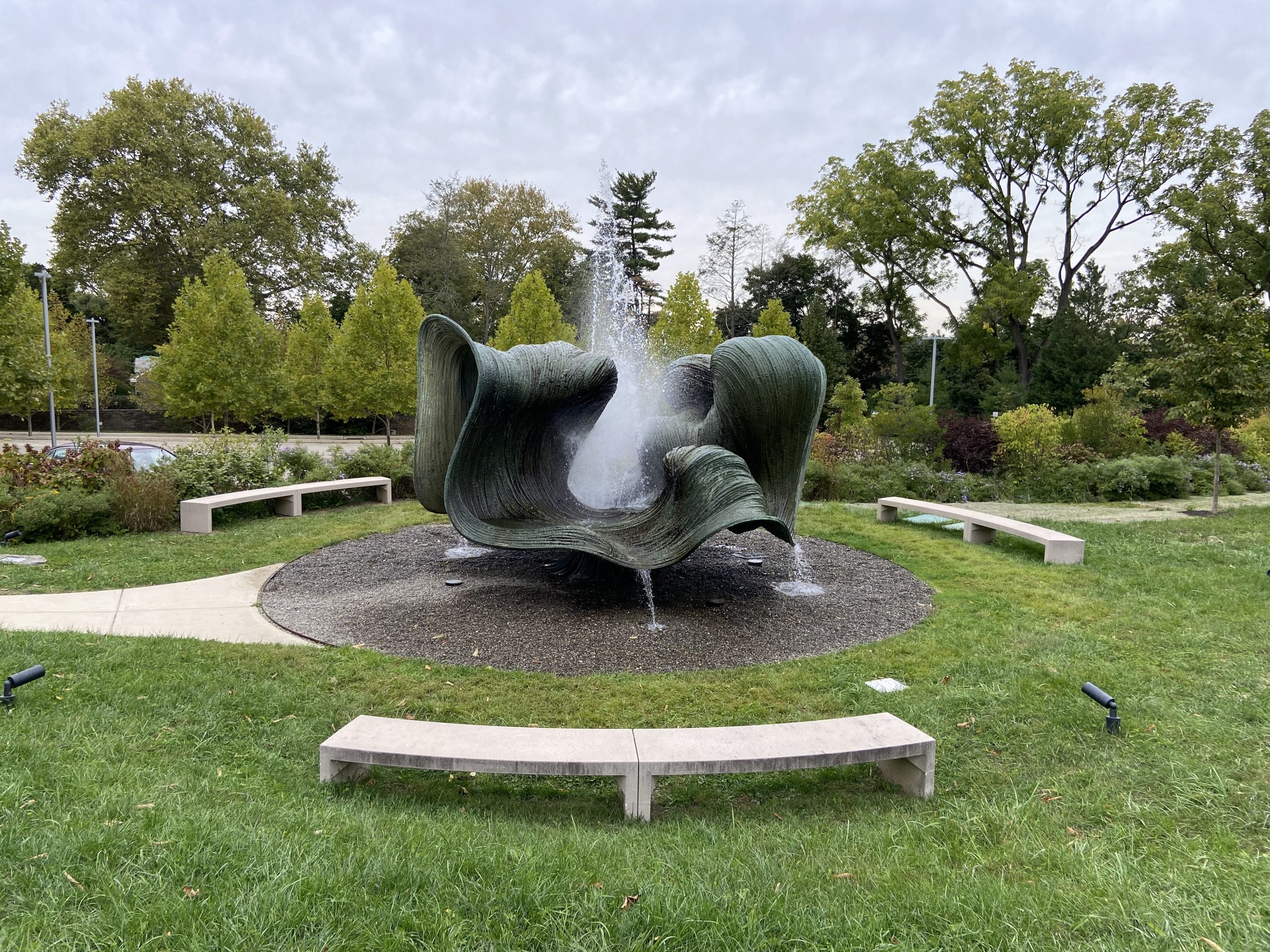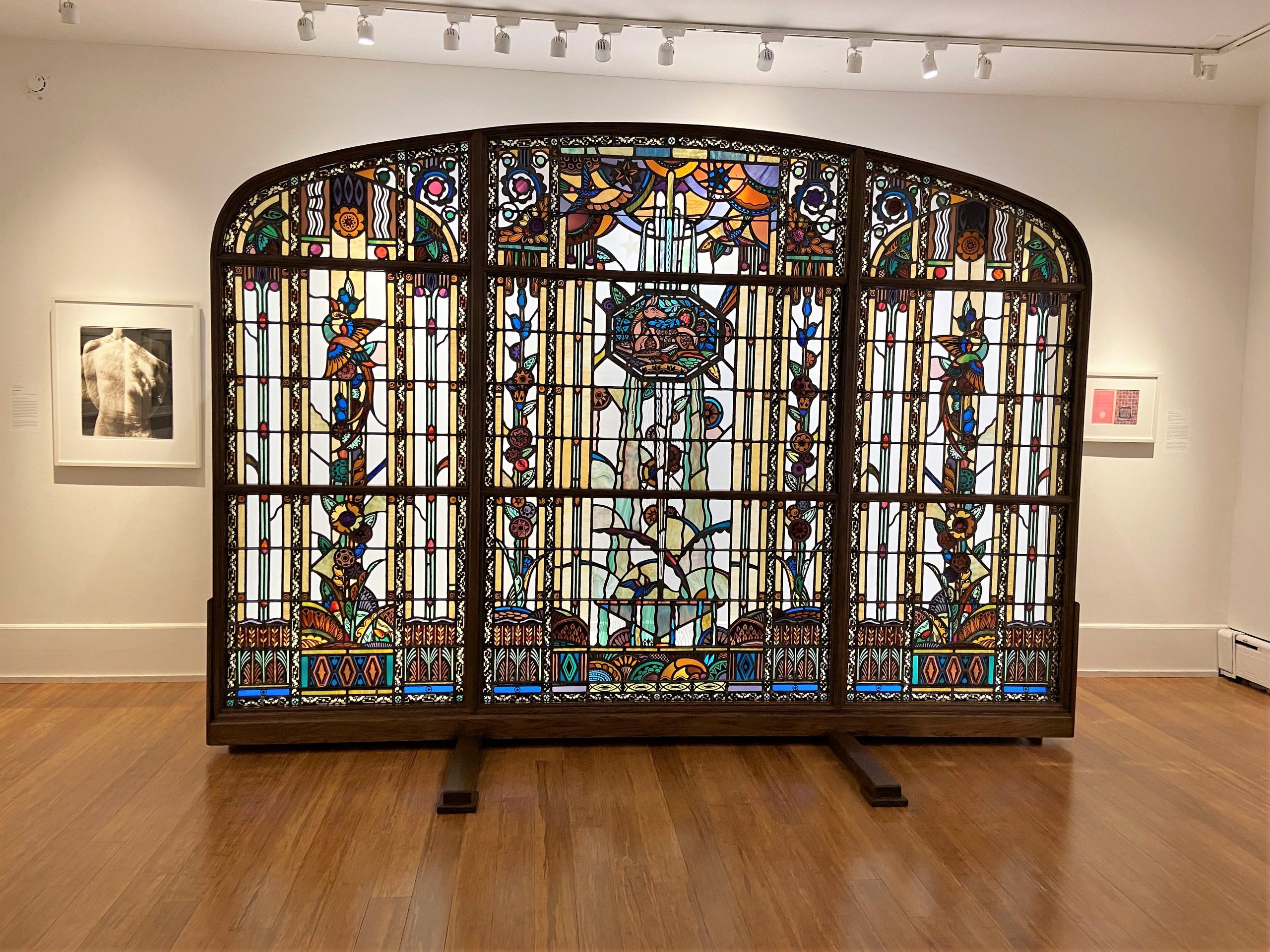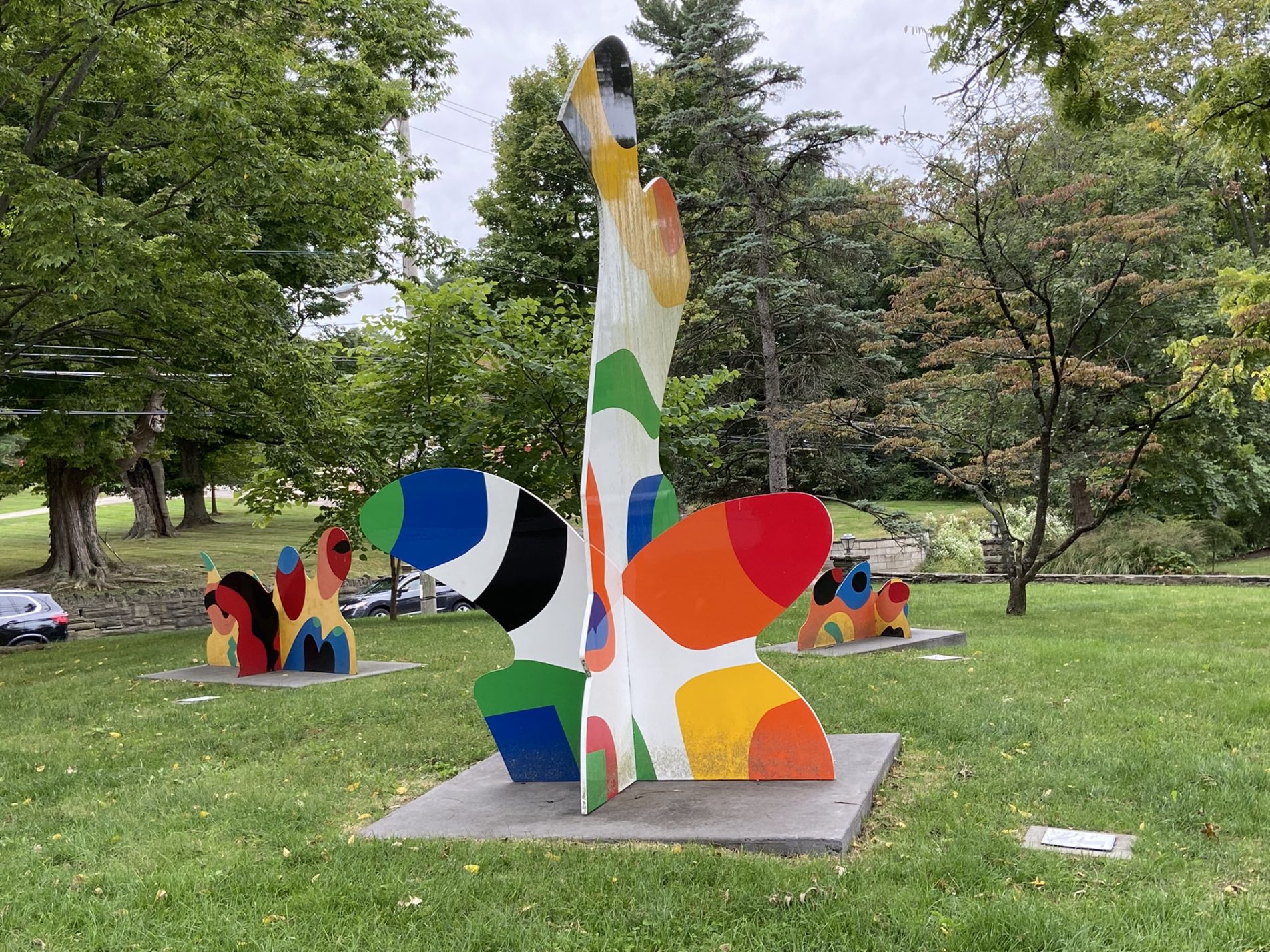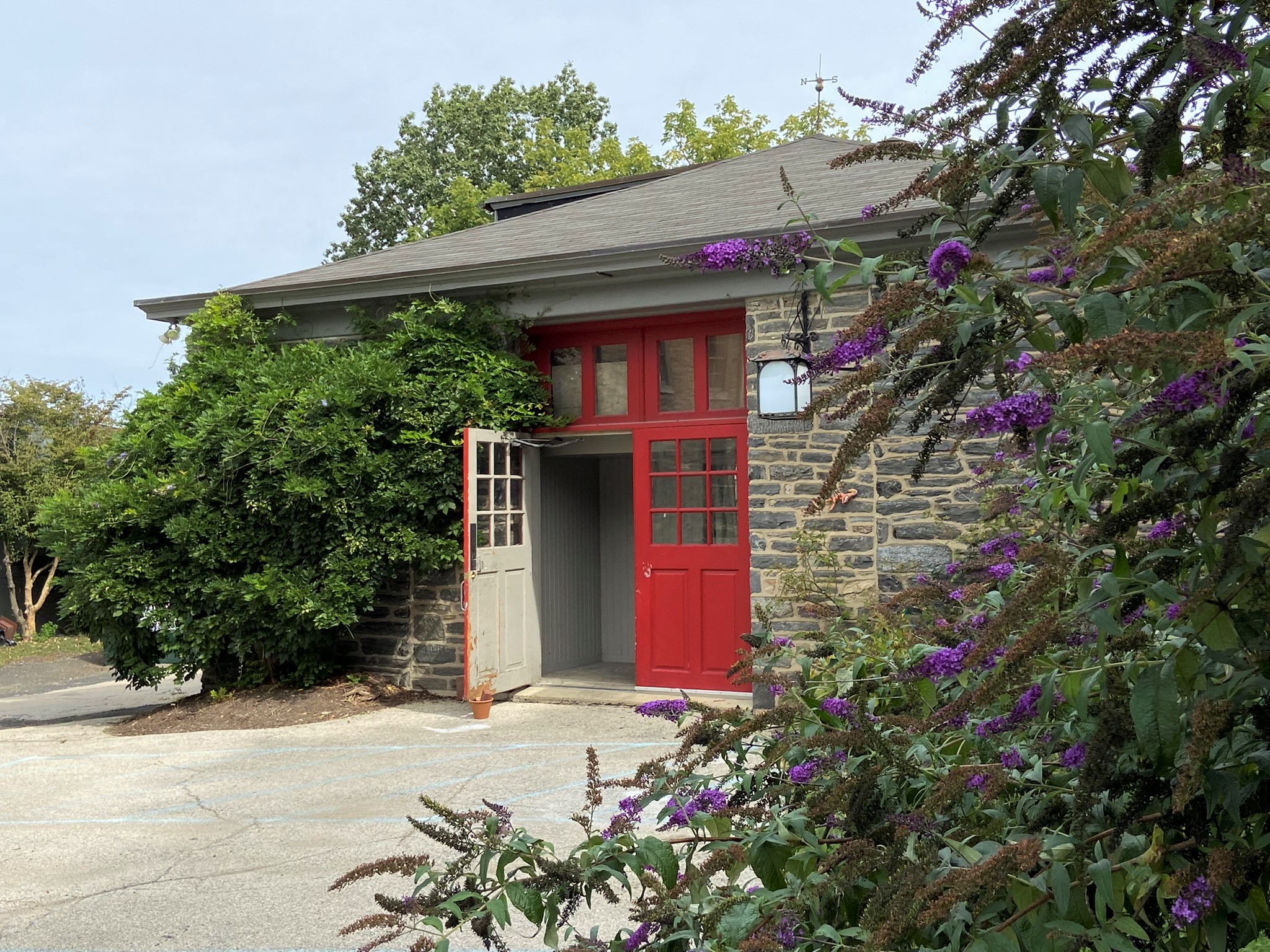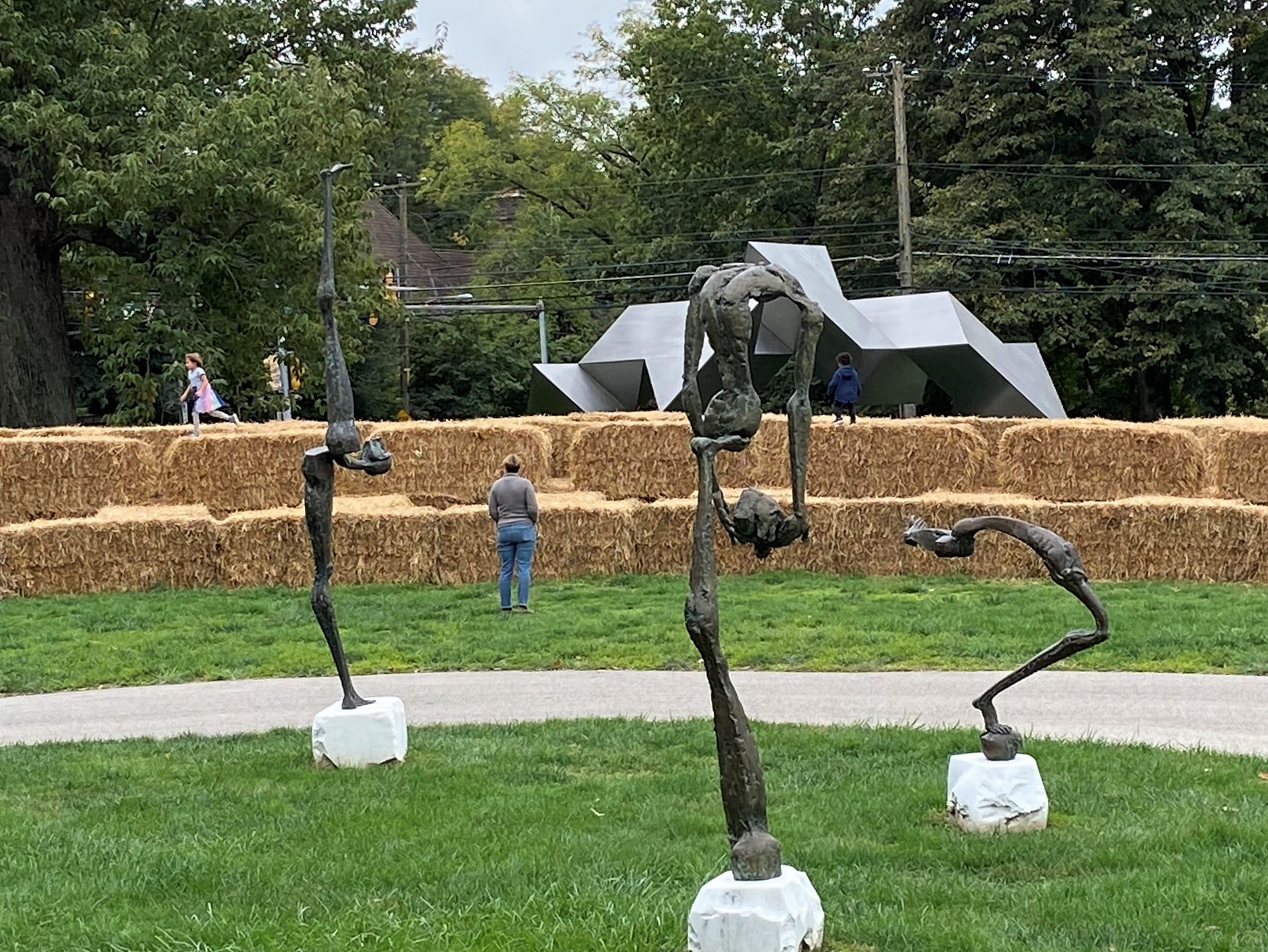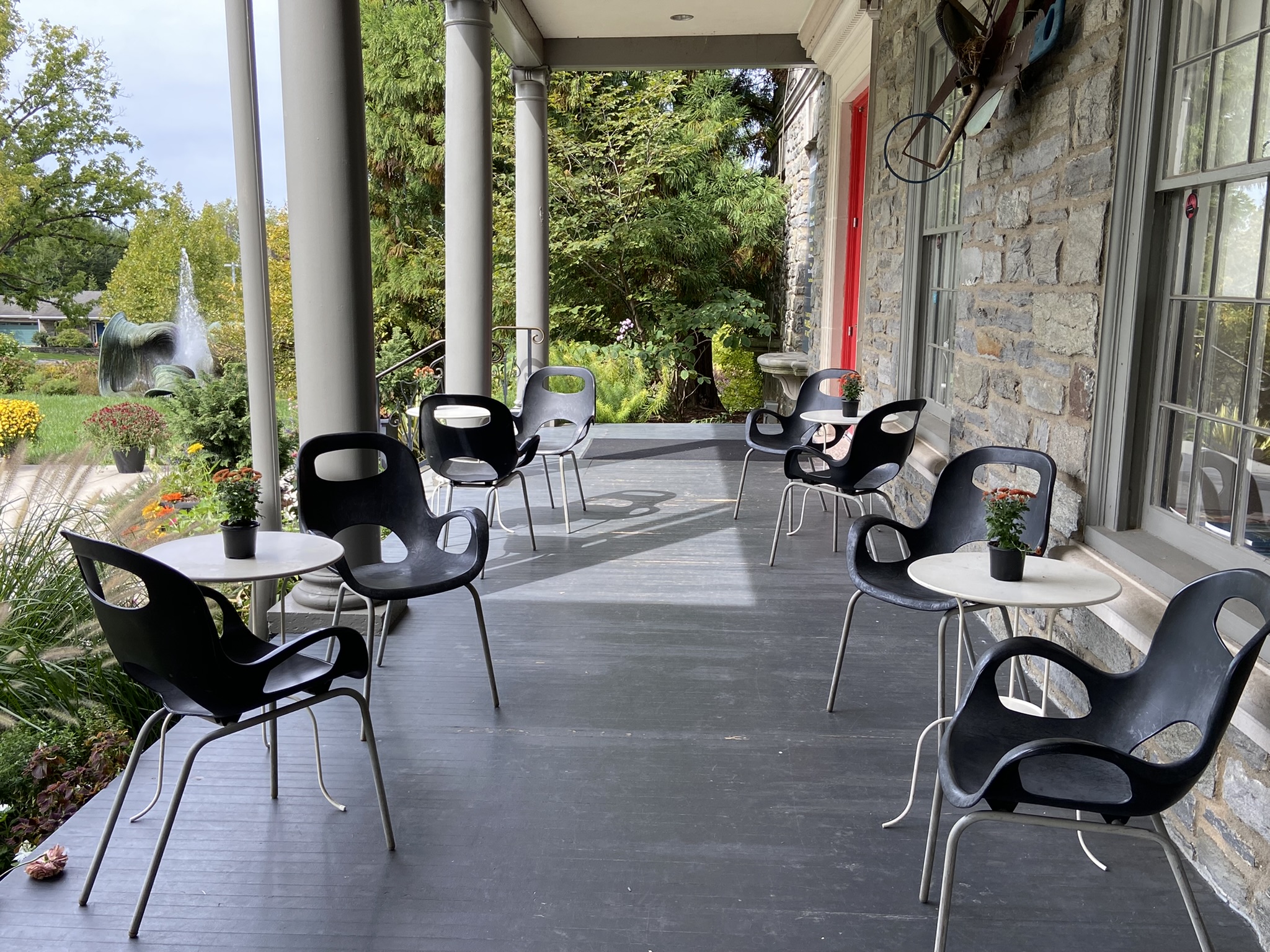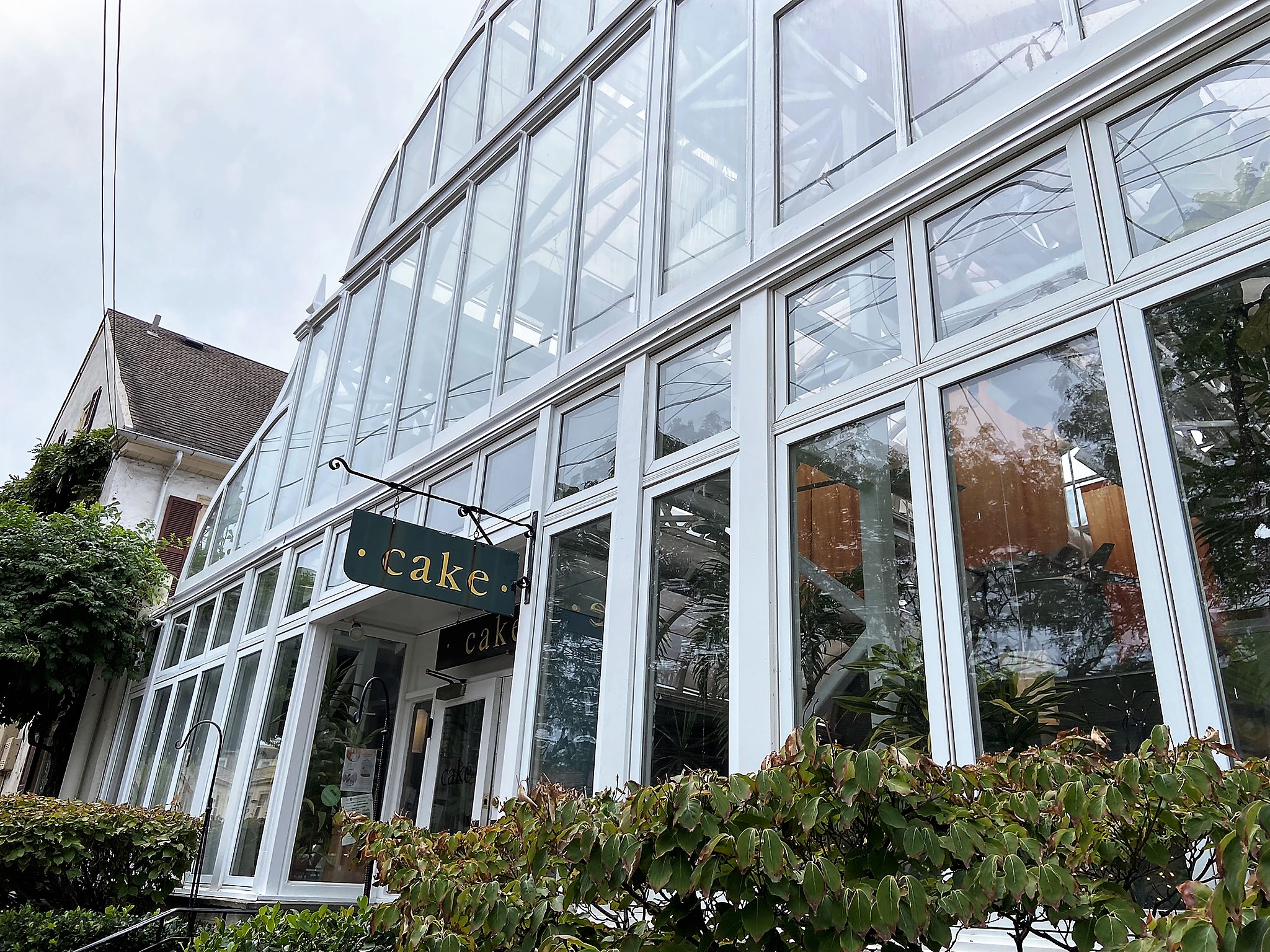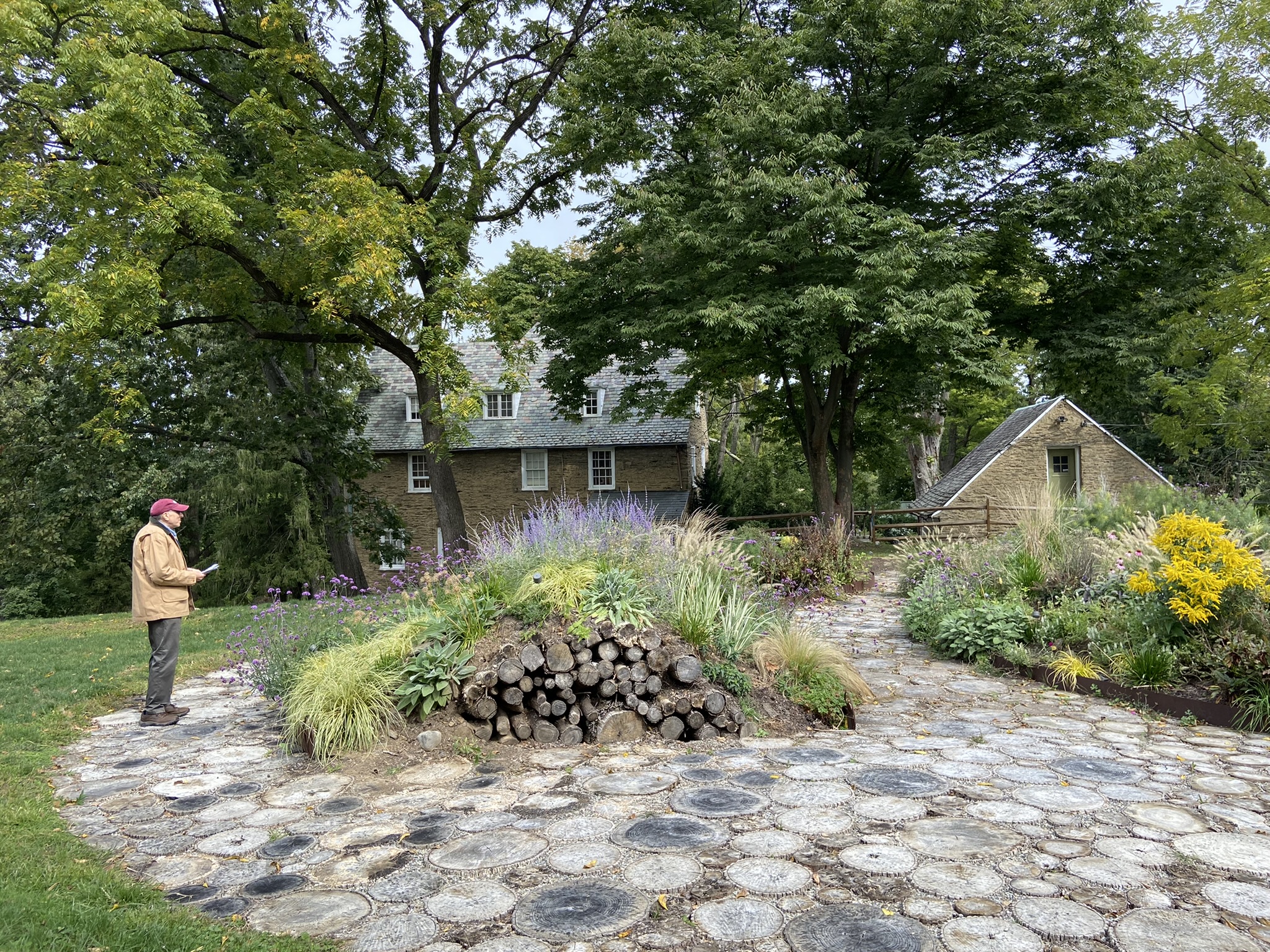Woodmere Art Museum fills a large Victorian mansion, but the institution has big new plans to grow to fulfill its mission of inspiring learning and creativity. Located in Chestnut Hill in Northwest Philadelphia, Woodmere focuses on Philadelphia’s art and artists, both past and present. What began as one man’s art collection in the 19th century currently includes a modern sculpture garden, contemporary art by diverse artists working in all mediums, in-depth special exhibitions, and educational programs and community events, with many for children.
A visit to Woodmere’s nine intimate, packed galleries—even a hallway holds an exhibit—confirms what Director and CEO William Valerio recognized as a long-standing challenge: limited room to display the museum’s 9,500-work collection. During the pandemic, an opportunity arose to change this. In 2021, the Sisters of Saint Joseph, owners of St. Michael’s Hall (a Victorian mansion a block from Woodmere), put the building up for sale. Although the site was appealing to developers, Valerio gained community and financial support for the museum’s $2.5 million purchase of the building. Its 17,000 square feet will house galleries as well as the Love Kids Art Center, which will serve schoolchildren and families. A $10 million gift from the locally based, philanthropic Maguire Foundation will fund the renovation of what will be named Frances M. Maguire Hall.
There’s plenty to experience, though, before the museum’s transformational additional space opens in 2024. Special exhibits include “George Biddle: The Art of American Social Conscience” (through January 22, 2023). This in-depth look at Biddle (1885–1973) traces how this scion of a privileged Philadelphia family advocated for progressive causes in his art and life. During the Depression, for example, Biddle encouraged President Franklin D. Roosevelt, a former Harvard classmate, to hire artists to help economic recovery. The upcoming “Printing as Prologue: Recent Work by Allan Edmunds” (late October through January 22, 2023) examines recent collages by Edmunds, who is retiring as the founding director of Philadelphia’s noted Brandywine Workshop and Archives, a resource for culturally diverse artists that offers exhibitions, artist residencies, and internships. “Just In: Recent Acquisitions of Photography” (through March 5, 2023) highlights creative techniques used by area photographers.
How Woodmere Developed
Charles Knox Smith (1845–1916), who rose from grocery worker to owner of a gold and silver mining company, was a devoted art collector and civic leader in Philadelphia. Hoping to provide spiritual encounters with art in nature, Smith purchased the house, built in 1860, as a more rural setting for his collection of mostly 19th-century American art. He opened it to the public in 1910 and bequeathed the house, grounds, and art to what became Woodmere Art Museum. Also influential in Woodmere’s development was local artist and teacher Edith Emerson (1888–1981), curator and then director of Woodmere Art Museum from the 1940s until 1978. Encouraged by her partner, Philadelphia artist, muralist, and civic leader Violet Oakley (1874–1961), Emerson focused Woodmere’s mission on collecting and interpreting the art and artists of the Philadelphia area. When Emerson died, she gifted Woodmere with 3,000 of Oakley’s works. In 2018, another major gift to Woodmere was 300 drawings by Philadelphia modernist Arthur B. Carles (1882–1952). Today 48,000 people visit the museum annually; most are from the region, though some exhibitions and favorite works draw art lovers from all over.
Exploring the Museum
The modern sculpture garden on the six-acre grounds of the Victorian mansion provides an immediate clue that something dynamic is happening here. Called Woodmere’s Outdoor Wonder (or WOW), the garden takes advantage of the site’s towering trees. It’s free to the public and displays more than fifteen works by artists such as Harry Bertoia (whose popular sculptural fountain, on loan from the City of Philadelphia, sat in city storage for years), Robinson Fredenthal, Sam Maitin, and Dina Wind. La Cresta (2021), by Syd Carpenter and Steve Donegan, mixes art and horticulture in a land-sculpting installation. Also outside the museum is the George D. Widener Studio, a cozy former carriage house used for art classes.
Inside Woodmere, the nine galleries include spaces in the original house and the larger Kuch and Balcony galleries, which fill an addition built by Charles Knox Smith. Many display changing exhibits (as described earlier), and two galleries showcase works from the permanent collection, whether acquired by Smith or later. Among the paintings and sculpture in these may be works by Philadelphia’s Peale family or Thomas Sully, as well as Hudson River School paintings by Frederick Church and others, and works from the Colonial Revival era to today. There’s always something lively in the Millard Children’s Gallery, dedicated to art by area schoolchildren. Whatever is on display, a visit is an opportunity to discover Philadelphia’s rich artistic past and present.
Community at Woodmere
Woodmere offers free admission on Sunday, and it engages people of all ages with programming that provides different ways to experience the arts and artists. Children and families find plenty to do, such as interactive Family Happenings that can feature making art; parents receive free museum admission when children participate. Special kids’ classes are another option. In the annual Kids Care program, students make art as holiday gifts for people who are homebound; some of these creations are displayed in November and December in the Millard Children’s Gallery. The annual fall Straw Maze is another popular event. Working with curricula for different ages, PhilARTdelphia programs offer different visiting experiences for schoolchildren, from meetings with artists to sessions that connect art and music.
Art classes and workshops for adults take place online and in person, with sessions on oil painting, drawing, watercolor, and more. Music is also a highlight at Woodmere, with jazz concerts offered with various partners, and classical music concerts presented with Philadelphia’s Curtis Institute of Music. In addition, Woodmere uses its main gallery to screen rare or classic films, in cooperation with the Chestnut Hill Film Group.
Side Dish
Chestnut Hill’s pretty Germantown Avenue shopping and dining district has many temptations, including Cake, a longtime local-favorite bakery and restaurant (breakfast and lunch) in an airy converted greenhouse just off Germantown Avenue. The menu lists super-fresh sandwiches, salads, and plates, such as a Philly cheesesteak marsala and a Greenhouse salad topped with chicken, apples, and cashews. Cookies and brownies make great desserts. Reservations aren’t accepted, but diners can leave their name and take a stroll until they are contacted.
Linda Cabasin is a travel editor and writer who covered the globe at Fodor’s before taking up the freelance life. She’s a contributing editor at Fathom. Follow her on Instagram and Twitter at @lcabasin.

